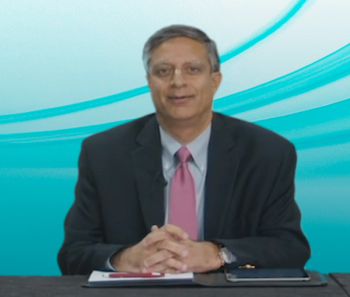
Experts muse on the unmet needs of multiple myeloma, and exciting investigational therapies on the horizon.

Your AI-Trained Oncology Knowledge Connection!


Experts muse on the unmet needs of multiple myeloma, and exciting investigational therapies on the horizon.

A look at the role of bispecifics and CAR T-cell therapies in the multiple myeloma treatment landscape.
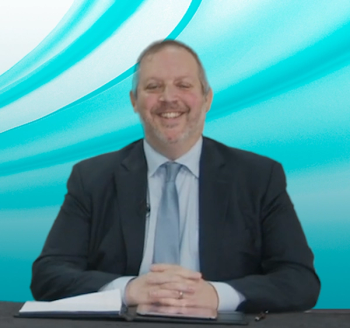
Experts discuss the case of a woman with relapsed/refractory multiple myeloma and the available treatment options, including novel BCMA-targeted agents.

Key opinion leaders describe the role of blood-based MRD testing in the transplant-ineligible multiple myeloma treatment landscape.
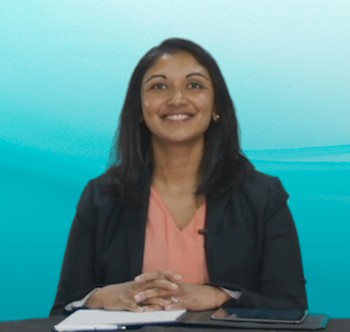
Nisha Joseph, MD, presents the case of a 78-year-old man with transplant-ineligible multiple myeloma and discusses treatment strategy.

Experts discuss how they define frail and high-risk patients with multiple myeloma and their treatment approaches for these patient populations.
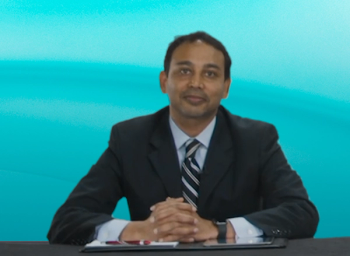
An overview of the study design, efficacy, and safety findings of the MAIA trial.

Dr Nisha Joseph presents the case of a woman with transplant-ineligible multiple myeloma and discusses considerations when choosing frontline treatment regimens.

Drs Ajay Nooka and Jonathan Kaufman discuss maintenance and consolidation treatment strategies for transplant eligible multiple myeloma.

Experts discuss how they select a treatment regimen for a newly diagnosed multiple myeloma patient, and how they measure a successful treatment response.

A review of the study design and results of two clinical trials researching quadruplet therapies for newly diagnosed multiple myeloma presented at ASH 2021.

An overview of the currently available frontline treatment options for transplant-eligible multiple myeloma.

Unfortunately, while survival outcomes with novel therapies have improved, the fraction of patients with multiple myeloma who are cured of their disease remains low. Immune therapies offer the hope for further improvement in outcomes and higher rates of cure.

Numerous small series of patients suggest that the prognosis for non-secretory myeloma patients is likely no worse than the prognosis for patients with traditional secretory myeloma, and in some settings may be superior.

Clinical outcomes data for all of oncology include those from trial after trial demonstrating poor outcomes in older patients with cancer. Whether these are the result of limited biologic reserve, poor performance status, or inherently worse biological disease at the time of diagnosis, such age-based disparities have continued unabated for decades. However, for the first time, older patients with multiple myeloma (MM) are starting to enjoy the kinds of remission durations and overall survival (OS) seen in younger patients. In this review by Dr. Harousseau, we see that through the use of regimens such as MPV (melphalan and prednisone plus bortezomib), MPT (melphalan and prednisone plus thalidomide), MPR (melphalan and prednisone plus lenalidomide), VMPT (bortezomib, melphalan, prednisone, and thalidomide), and Rd (lenalidomide and low-dose dexamethasone), we can begin to provide older patients with MM with a median OS approaching the 4- to 5-year mark-a far cry from the median OS of 2.5 to 3 years seen with MP just 15 years ago. So what are the remaining hurdles and challenges to be addressed in the upcoming 10 years?

New treatments and an improved biologic understanding of why malignant plasma cells are able to survive have dramatically changed the natural history of multiple myeloma. Along with these new treatments, therapeutic options for patients at each stage of their disease have become a collection of confusing consonants. Combinations such as Rd,[1] CRd,[2] VD,[3] VTD,[4] VRD,[5] CyBorD,[6] PAD,[7] and BiRD[8] all produce impressive response rates in the induction therapy setting, and can be used for patients with relapsed disease as well.

Treatment options for patientswith myeloma have movedfrom the relatively ineffectivecombinations of cytotoxic agents andcorticosteroids, to the widespread useof high-dose therapy and autologousbone marrow or peripheral blood stemcell transplant. Through this transition,the overall survival for patientshas nearly doubled from a previousmedian survival of 2 to 2.5 years, upto 4 to 5 years based on the transplantarms of several large randomizedclinical trials.[1-3] In this issue ofONCOLOGY, Dr. Richardson andcolleagues extensively detail the recentadvances in myeloma therapythat involve the use of more “modern”or novel agents such as thalidomide(Thalomid), lenalidomide (Revlimid),and bortezomib (Velcade). Theseagents are of monumental importance in the assault on myeloma as theyhave provided much needed advancesfor patients with relapsed and refractorymyeloma and, in doing so,have set the stage for the next majorrevolution in myeloma therapy.
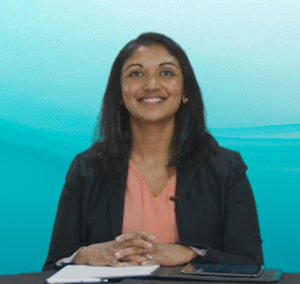
Published: April 28th 2022 | Updated:
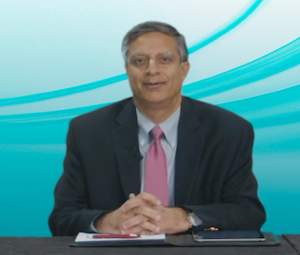
Published: April 28th 2022 | Updated:

Published: May 12th 2022 | Updated:

Published: April 30th 2009 | Updated:

Published: October 15th 2010 | Updated:

Published: December 1st 2005 | Updated: